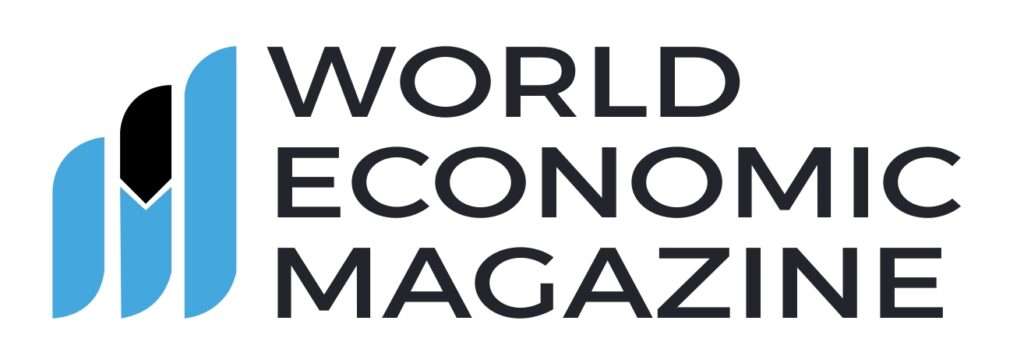
Innovative Fintech Startups Transforming Banking in Southeast Asia
How digital wallets, microloans, and blockchain are reshaping finance in the region
Southeast Asia’s fintech scene is booming, fueled by rapid digitization and increasing smartphone penetration. According to the 2024 Google-Temasek-Bain report, the region’s digital financial services GMV is forecast to jump from $38 billion in 2022 to $60 billion by 2025 — a staggering growth reflecting consumer appetite and innovation.
Amid this boom, a cadre of startups is transforming traditional banking models by making payments, lending, and investing accessible and seamless. Below is a closer look at nine fintech disruptors, packed with numbers that demonstrate their growing influence.
1. GrabPay (Singapore/Malaysia/Indonesia)
GrabPay, part of the Grab super app, boasts over 187 million users in Southeast Asia. In 2023, its transaction volume surged by 200% YoY, hitting an estimated $25 billion in GMV. The company’s latest funding round in 2023 raised $1.5 billion, valuing GrabPay at around $14 billion.
GrabPay’s integration across transportation, food delivery, and e-commerce platforms drives daily transactions, averaging 10 million payments per day.
Ming Maa, GrabPay CEO, emphasizes, “We want to democratize finance for the 100 million people in Southeast Asia who remain unbanked or underbanked.”
2. TNG Digital (Malaysia)
Touch ‘n Go eWallet, operated by TNG Digital, serves 17 million active users with an estimated $4 billion annual transaction volume. The company’s 2023 microloan portfolio exceeded $150 million, contributing significantly to its revenue growth.
TNG Digital has raised over $250 million in funding to expand digital lending and insurance offerings. Their microloan default rate stands at a healthy 2.3%, showcasing strong credit risk management.
CEO Effendy Shahul Hamid states, “Digital lending is crucial to close the financial gap for Malaysia’s underserved.”
3. Akulaku (Indonesia/Philippines/Vietnam)
Akulaku commands a 15 million-strong user base across multiple Southeast Asian countries. Its BNPL service processed $1.2 billion in transaction volume in 2023, with a loan book exceeding $400 million.
The startup secured $180 million in Series C funding in 2022 to expand product offerings and strengthen AI-based credit scoring.
Founder William Li says, “We enable millions without credit histories to access flexible financing, fueling e-commerce growth.”
4. SeaMoney (Singapore)
SeaMoney, backed by Sea Group, reported a transaction volume of $20 billion in 2023, growing at 40% annually. SeaMoney’s revenues hit $1.2 billion, up 35% from the prior year.
With 30 million active users across Southeast Asia, the platform is a key player in digital payments and remittances.
CEO Yasuaki Kakehi notes, “Our growth is anchored in seamless integration with Sea’s ecosystem — gamers, shoppers, and digital consumers alike.”
5. Julo (Indonesia)
Julo, focused on AI-driven microloans, boasts a loan disbursement portfolio of $120 million with over 3 million borrowers. Their average loan approval time is now under 5 minutes, a radical improvement from traditional banks’ multi-week processes.
In 2023, Julo’s revenue reached $25 million, with a net profit margin of about 8%. The startup raised $30 million in Series B funding in 2023 to scale its credit technology.
Founder Jason Lee emphasizes, “Responsible lending is essential for sustainable financial inclusion.”
6. Banxa (Singapore)
Banxa operates at the intersection of crypto and fiat payments, facilitating over $3 billion in crypto transactions annually across Southeast Asia.
With revenues of approximately $40 million in 2023, Banxa’s growth is supported by expanding cryptocurrency adoption — estimated at 20 million users in the region.
CEO Kristijan Kangro highlights, “Our platform bridges traditional finance and the blockchain economy, making crypto easy and compliant.”
7. Moka (Indonesia)
Moka, serving Indonesia’s vast MSME sector, powers over 50,000 small businesses. The company processes over $1.5 billion in transactions annually via its POS and payment systems.
In 2023, Moka reported revenues of $45 million, up 50% from 2022, fueled by increased demand for cashless payments.
CEO Christopher Tanuwidjaja remarks, “Digitizing MSMEs unlocks economic growth and financial inclusion.”
8. Finhay (Vietnam)
Finhay, a micro-investment platform, has attracted over 1.2 million registered users with an average monthly deposit of $50.
Its assets under management (AUM) hit $40 million in 2023, growing at a rapid 60% CAGR since 2020. The company closed a $15 million Series B round last year to expand advisory services.
Founder Tran Thanh Nam says, “We believe investing should be accessible to all — even with small amounts.”
9. TrueMoney (Thailand)
TrueMoney services more than 20 million users across Southeast Asia. In Thailand alone, it commands an estimated 35% market share of e-wallet transactions.
The platform handled $8 billion in payments in 2023, with revenues surpassing $300 million. TrueMoney has attracted over $200 million in investments since inception.
CEO Aung Kyaw Moe notes, “Financial services must be fast, reliable, and accessible for everyday users.”
Why These Numbers Matter
- Southeast Asia is home to over 400 million people, yet 60% remain unbanked or underbanked (World Bank).
- Smartphone penetration is over 70% in key markets, driving mobile-first fintech adoption.
- The region’s digital financial services market is expected to triple from $20 billion in 2020 to $60 billion by 2025 (Google-Temasek-Bain).
- Venture capital inflows into Southeast Asian fintech topped $5.2 billion in 2023, a record high.
What Industry Experts Say
“Fintech is unlocking financial inclusion at a scale unseen before in Southeast Asia,” says Anju Patwardhan, Partner at Bain & Company. “Startups here are leapfrogging legacy systems with mobile-first, data-driven solutions that serve millions.”
Meanwhile, fintech investor Michael Kim observes, “The real winners in the next decade will be those who combine technology with deep local market understanding — which these startups clearly demonstrate.”
What’s Next?
Looking ahead, expect these fintechs to innovate further around AI credit scoring, blockchain-based payments, and embedded finance integrated into daily digital life. With governments easing regulations and consumers becoming increasingly comfortable with digital money, the fintech boom in Southeast Asia is just beginning.
The region is a global fintech hotspot not only for its massive growth potential but also for the social impact of bringing banking services to millions who’ve long been excluded. As GrabPay’s Ming Maa puts it, “Financial inclusion is the foundation for economic empowerment — and technology is the key.”
Sources
Google, Temasek, Bain & Company, e-Conomy SEA 2024 Report
World Bank, Global Findex Database 2023
Chainalysis, Crypto Adoption Report 2024
Malaysian Digital Economy Corporation (MDEC) 2023
Indonesia Financial Services Authority 2023
Bank of Thailand 2024






